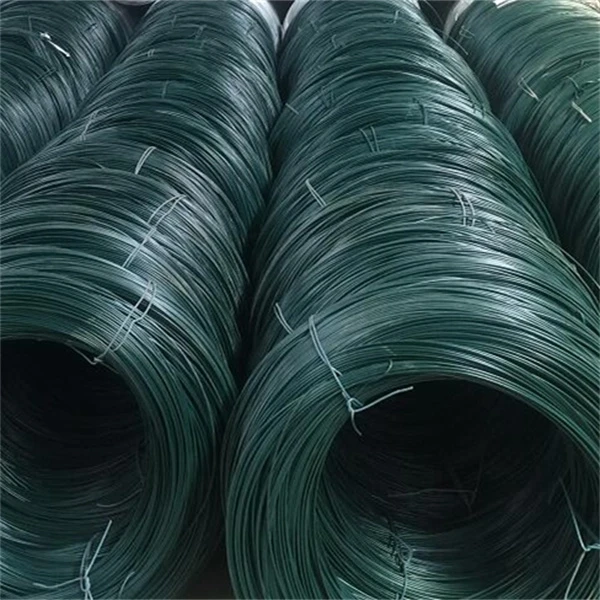Th11 . 10, 2024 10:03 Back to list
Premium Compact Gabion Wall for Enhanced Landscape Design and Durability
High Quality Small Gabion Walls A Sustainable Solution for Modern Landscaping
In recent years, the use of gabion walls has gained significant popularity in landscaping and civil engineering. Among the various types of gabion walls, the small gabion wall stands out for its aesthetic appeal, versatility, and sustainability. This article explores the numerous benefits of high-quality small gabion walls, highlighting their applications, design considerations, and environmental advantages.
What is a Gabion Wall?
Gabion walls are structures comprised of wire mesh cages filled with stones, gravel, or similar materials. The term gabion is derived from the Italian word gabbione, which means large cage. These walls can be constructed in various dimensions, but small gabion walls generally refer to those that are under one meter in height. The use of high-quality materials and proper construction methods is essential to ensure the wall’s durability and effectiveness.
Benefits of Small Gabion Walls
1. Aesthetic Appeal One of the most significant advantages of small gabion walls is their aesthetic versatility. They provide a natural, rustic look that can blend seamlessly with most landscaping designs. Homeowners and designers can choose different types of stones or materials to fill the gabions, allowing for customization that complements the surrounding environment.
2. Structural Integrity High-quality small gabion walls are incredibly stable and robust. When constructed correctly, these walls can withstand significant pressure and erosion, making them an excellent choice for terracing, retaining walls, and decorative features.
3. Cost-Effective Compared to traditional masonry or concrete walls, gabion walls are often more affordable to install. The materials used are typically less expensive, and the installation process is generally quicker and less labor-intensive, further reducing costs.
4. Environmentally Friendly The use of natural stones and recyclable materials contributes to the eco-friendliness of gabion walls. They promote soil stabilization and can aid in drainage, reducing erosion and the risk of landslides. By allowing water to flow through the structure, these walls help preserve the natural hydrology of the area.
high quality small gabion wall

5. Ease of Installation Small gabion walls require minimal preparation and can be built on various terrains and slopes. Their flexibility allows for creative designs and configurations, empowering landscapers to tackle unique challenges.
Design Considerations
When designing small gabion walls, several factors should be taken into account
- Material Selection High-quality wire mesh is essential for ensuring the longevity of gabion walls. The mesh should be treated to resist corrosion; galvanized or polymer-coated wire is often preferred. Similarly, the choice of fill material—whether natural stones, recycled concrete, or other alternatives—affects both the appearance and stability of the wall.
- Wall Height and Base While small gabion walls are typically under one meter, the design must still account for the forces acting on the wall. A proper foundation helps prevent settlement and ensures stability.
- Drainage Proper drainage is crucial to maintain the structural integrity of gabion walls. It’s vital to incorporate drainage systems or ensure that the design allows for water to escape, preventing pressure build-up behind the wall.
Conclusion
High-quality small gabion walls are more than just functional structures; they represent a sustainable approach to landscaping and civil engineering. Their blend of aesthetic charm, structural reliability, cost-effectiveness, and environmental benefits makes them a suitable choice for modern projects. Whether used as retaining walls, decorative features, or erosion control, small gabion walls offer a unique solution that stands the test of time.
As homeowners and designers continue to prioritize sustainability and aesthetics in their projects, small gabion walls are likely to become an increasingly popular choice in the future. With careful design and quality materials, these walls can not only enhance the landscape but also contribute positively to the environment, making them a sound investment for both residential and commercial applications.
-
The Role of Galvanized Gabion Mesh in Riverbank Protection
NewsJun.26,2025
-
The Role of Gabion Basket Raised Bed in Sustainable Gardening
NewsJun.26,2025
-
Quality Assurance of Wire Mesh Gabion Baskets
NewsJun.26,2025
-
Installation Guide for Welded Gabion Box
NewsJun.26,2025
-
How to Choose the Right Gabion Box
NewsJun.26,2025
-
Different Types of Gabion Wire Mesh
NewsJun.26,2025
-
Why PVC Coated Gabion Mattress Is the Best Solution for Long-Term Erosion Control
NewsMay.23,2025






